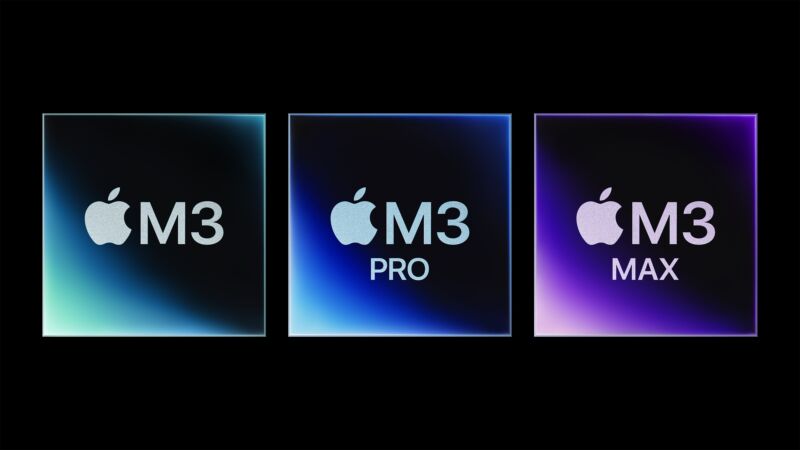-
 chevron_right
chevron_right
Intel accuses AMD of selling old CPUs with new model numbers, which Intel also does
news.movim.eu / ArsTechnica · Wednesday, 6 December - 22:19

Enlarge / A now-deleted Intel presentation makes a good point, but with a side of disingenuousness.
AMD changed the way it numbers its Ryzen laptop processors last year, switching to a new system that simultaneously provides more concrete information than the old one while also partially obfuscating the exact age of the various CPU and GPU architectures being mixed-and-matched.
For instance, a knowledgeable buyer can look at the "3" in the Ryzen 5 7530U processor and determine that it uses an older Zen 3-based CPU core. But a less-knowledgeable buyer could be forgiven for looking at the "7000" part and assuming that the chip is significantly newer and better than 2021's Ryzen 5600U, when in reality the two are substantially identical.
Intel came out swinging against this naming scheme in a confrontational slide deck this week—now deleted, but preserved for posterity by VideoCardz—where it accuses AMD of selling "snake oil" by using older processor architectures in ostensibly "new" chips.








